Here is today’s summary of the “Campfire Talks with Herbie”.
Name (and Company/Affiliation if desired)
Daniel Gagnon, from Montreal, Quebec, Canada. I have been running my own consultancy business for about 3.5 years now.
Who are you?
![]()
There are many answers to that depending on one’s role I suppose - husband, father of three sons and stepfather to one daughter, all of them in their twenties now, which means that I’m now engaged on the reverse side of the slope halfway between fifty and sixty years of age. I like to think that we achieved our goal of making them respectable citizens who are striving to leave the planet a better place than they found it! Work-wise, I provide training and consulting/advisory services in the area of organizational agility. I like to think of myself as a humanist and an ethical disruptor, challenging the status quo and getting people to think for themselves and help them come up with their own improvement strategies.
How did you get involved with Agile, Coaching, Organizational Performance - and in particular with TameFlow?
The first 10 years of my career were actually in television, where I started out as a stagehand and ended as a graphic designer and partner in a post production facility. From there I found myself gravitating to CD ROM and Web design, eventually and perhaps inevitably moving more towards the project management side of things. After a brief and scary year as a professional day trader(!), I came back to project management, this time in the IT sphere, and obtained my PMP. I was on a PM assignment at a large financial institution when I experienced my first contact with agile in 2009. I was basically given a project to manage that had been running a blend of Scrum and XP for over a year. At first I was nonplussed and skeptical. 18 months later, I was amongst the first 50 or so people in the world to write the PMI’s ACP exam. I was hooked, converted, transformed, engaged, re-energized and transmogrified by agile. You see, I’d landed with a team that was achieving almost all of the textbook promise of agile, for a number of reasons.
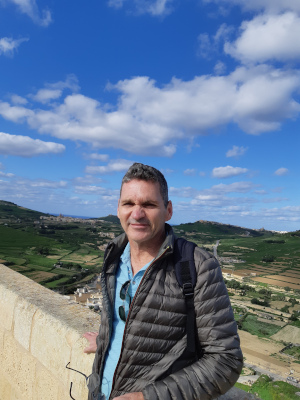
I wound up spending almost 3 years with that team, and in 3 years we never had a single bug in production, and were like a family. I’ve never re-experienced that feeling and never will due to my changed professional focus; but the experience set the tone for the rest of my career: I’ve seen good agile, I’ve lived and breathed it.
Since then, my path has led me to positions of substantial contribution and influence at the corporate level of very large financial institutions in terms of organizational agility. I’ve certified in all the acronyms, and provided training in most. I’ve been recognized as one of two Fellows in the world by Disciplined Agile, for which I am also one of a handful of DAITs. As such, I view all practices and methods through the prism of Alexandrian patterns - which to be honest I was only able to put a name to after reading about them in Chapter 21 of Tame your Workflow!
Tameflow involvement
My first introduction was when I came across and read the Hyper Performance book in 2018.
Are you currently (or do you intend) making a living in this sector? And with TameFlow?
Yes, I have been making a living saying the word agile between 4 and 44 times a day for the past 10 years!
Tameflow is something that I am finally getting ‘back to’ now after a hiatus of several months. Part of the delay has been the necessity of reducing my professional WIP (which COVID helped nicely with); part of it was an increase in DA related training and consulting after the PMI acquisition.
Give us a typical day in your life!
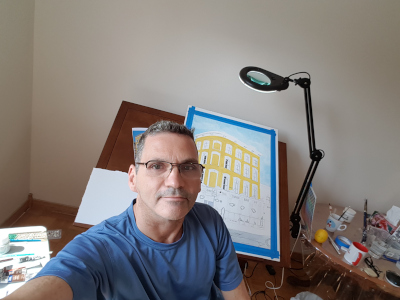
I watched all of the previous campfires and was very impressed with Tom Cagley getting up to jog at 3:30 or 4 in the morning! That’s not me. My house is a North American suburban split level - think of 3 ‘half’ and 1 ‘3 quarter’ floors. I have a bad memory and several flights of steps; my exercise consists in spending a lot of time on those stairs! ;-)
All jesting aside, my days are a mix between client work and research / self improvement. With summer finally here, I will try and spend as much time as possible outside in the yard/garden, or getting some biking in. Evenings are for reading, mostly literature (I collect first editions or at least early editions of authors active from the 1915 -1935 period, mostly British or American).
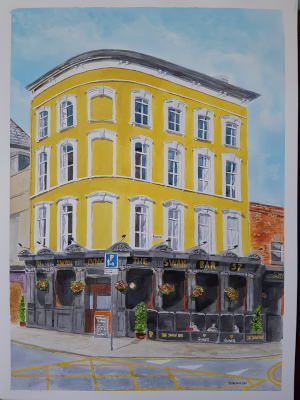
Another thing I love doing is painting, and my ‘niche’ is urban landscapes from my long purposeful walks on trips in cities across NA and Europe. I actually fulfilled a ‘bucket list’ item related to this in 2017 when I held a bona fide gallery exhibit.
What makes you happy at the end of a day?
I’ve come up with a twist here on what others have said! To make a difference, preferably in a way that does not need to be repeated - i.e. my clients / mentees/coachees need me a little bit less every day.
What’s the most important skill or insight you’ve developed while getting involved with this industry?
The first day of an assignment is when you need to start working yourself out of a job.
What are the greatest challenges on your path to using/improving the techniques you favor in this sector? Where do you see TameFlow in this?
Traditional ways of thinking (in IT parlance for example, Waterfall) are no longer the obstacle - such pockets of sequential practices that are left in most organizations are still like that for a reason most of the time (bottom left of Stacy diagram). The obstacle now is the Agile religion and its 100 sects and schisms.
Tameflow is a very strong antidote, but you need a willing patient in order to be able to administer it. This takes time, and you will be swimming against everyone and everything, including the owners and promoters of the siloed transformation theaters - Digital, IT and Agile. You’ll be the one bringing a knife to a gunfight - and you weren’t even really invited in the first place in the eyes of the pistol wielders … But if it were easy, anyone could do it!
What are the greatest rewards you’ve had (personally or professionally) or would like to receive in this industry?
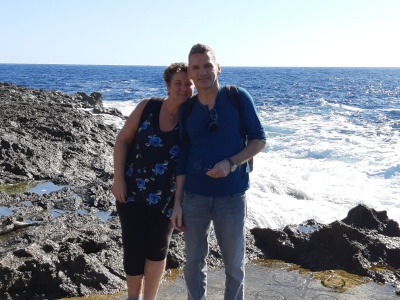
As mentioned earlier, in the team that I was on for 3 years where everything was aligned, what I experienced as a professional and a human being was not mere empowerment - it was AGENCY. I want others to know what this feels like; I want entire organizations to experience the power of agency in their ranks. Only then can we change our work lives, and by extension our society.
What do you want to learn from a community of peers, like the one here TameFlow Community site?
A growing forum of experience, opinion, tools and shortcuts; sometimes just a listening ear or a shoulder to sigh on!
If other TameFlow enthusiasts want to reach out to you, where do they find you? And what is your TameFlow Community handle?
The TameFlow Community handle is Daniel Gagnon. I haven’t been active to date; I intend to change that.
What question(s) would you like to ask Steve, or what topics would you like him to develop ( in relation to the TameFlow Approach)?
Objection Handling items come to mind:
1 - Overcoming the credibility gap
What have you, or others in the community, found as a workaround to the credibility gap we as non-CPA, non- financial consultants face when talking about TA? It seems to me that all it takes is one withering ‘Ah yes, TA is 90s Voodoo Economics’ or a dismissive ‘THAT old quackery’ from a CFO or even a Director, either in a meeting in front of all or in an aside to the CEO, and there goes any chance of getting anywhere with Tameflow in that company?
2- Overcoming the tooling argument
“JIRA won’t support your buffer stuff.”
What is the counter-argument when faced with the excuse that no out-of-the-box tooling solution exists for creating Buffer Fever Charts, at least none that a large-company IT service would dare recommend?
Herbie talks about… How to address objections about TameFlow
Daniel’s question was addressed in several ways; but in particular by introducing the Thinking Processes’ way to address objections. This is something that would fall under the Psychological Flow of the TameFlow Approach, and is taken directly out of Dr. Goldratt’s teachings.
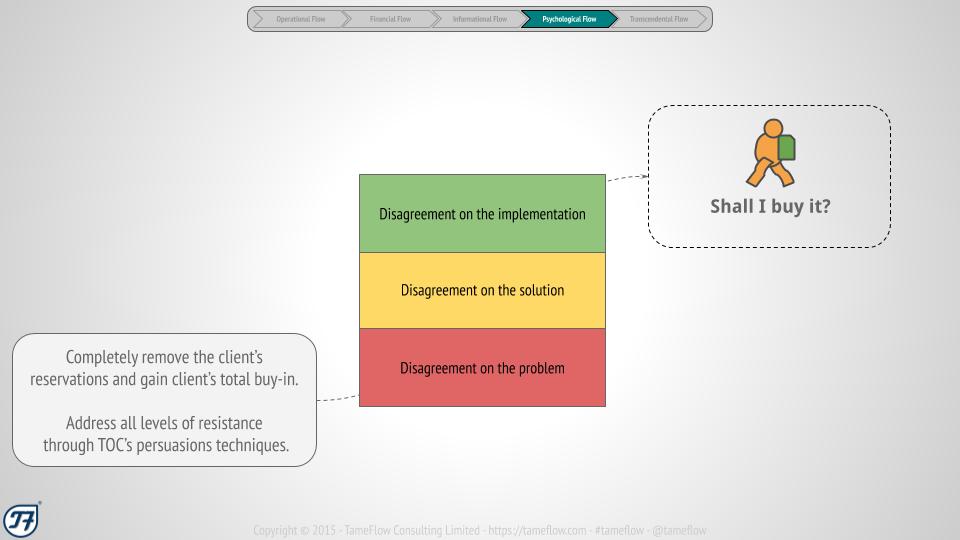
First we need to consider the levels of disagreement:
- Are we disagreeing on the Problem?
- Are we disagreeing on the Solution?
- Are we disagreeing on the Implementation?
Addressing any higher level of disagreement does not make sense unless we have resolved the lower levels first.
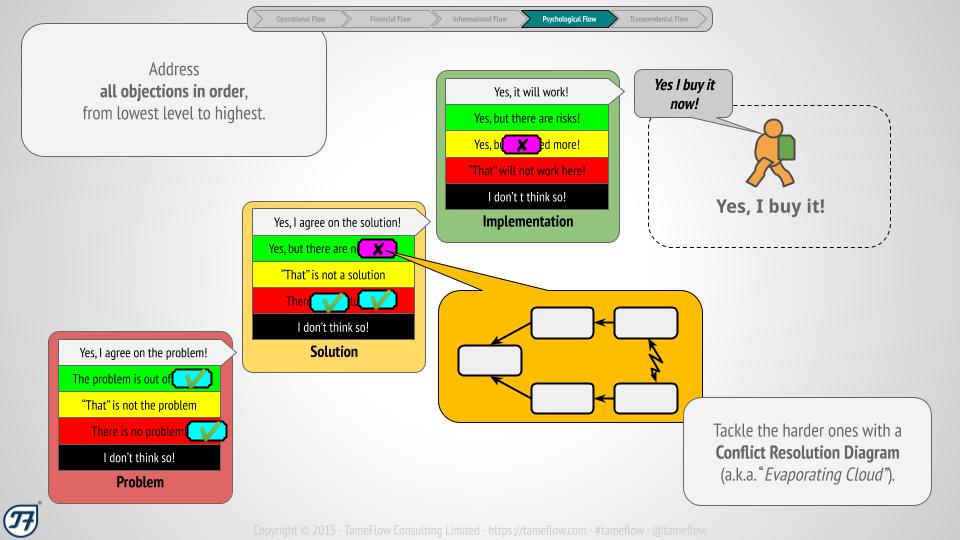
The three levels of disagreement can be categorized by further levels as illustrated above. The resolution always proceeds from lower to higher levels. Many of the issue can be resolved through normal conversations. When a specific issue becomes hard to resolve, that is when we resort to the Conflict Resolution Diagram - also known as the Evaporating Cloud - of the Thinking Processes. If all parties agree that there is a common shared Goal, then the conflict resolution diagram will expose any assumptions that can be challenged until a common understanding is reached.
If you found the topics in the “Campfire Talks with Herbie” interesting, there is much more to learn about them in the The Book of TameFlow book.